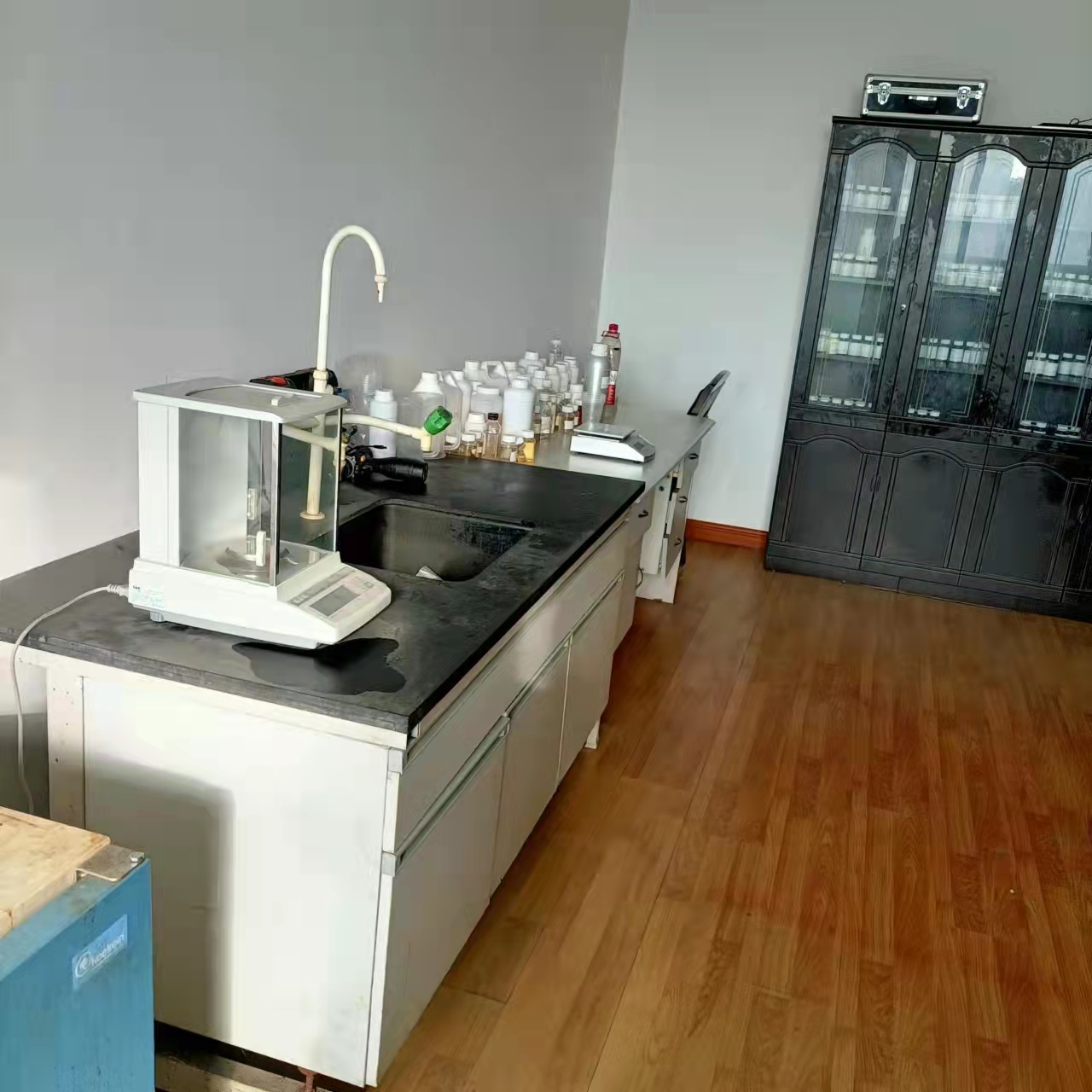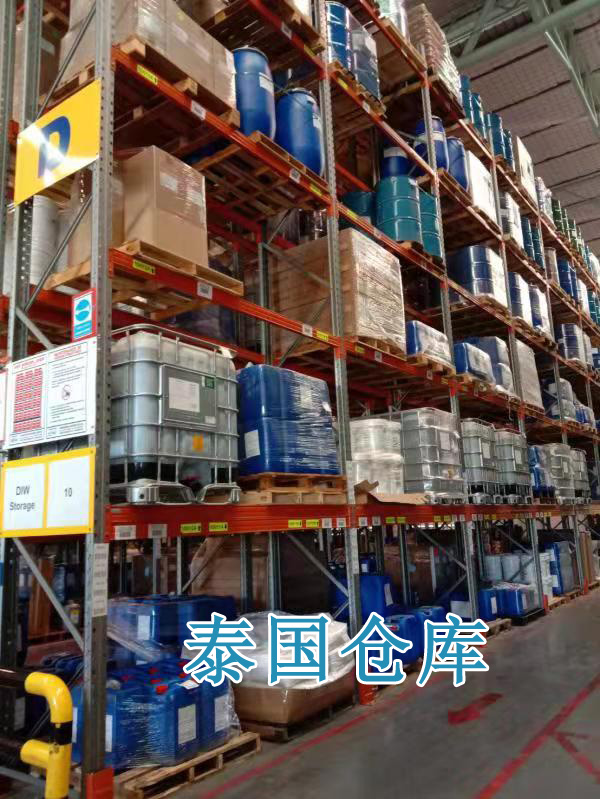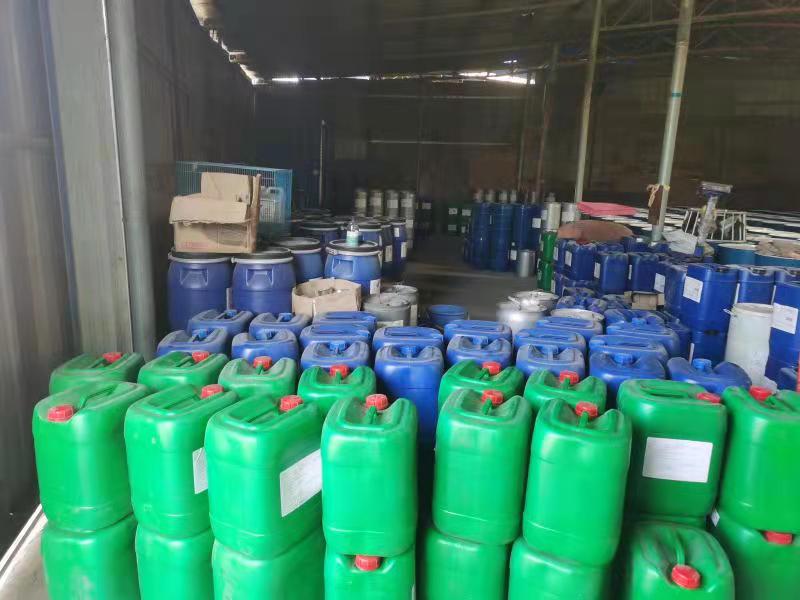Highlights
Polyurethane foams are characterized by a versatile polymer structure that can be used for a wide range of applications. This structural variation is not only caused by the different isocyanates and polyols used as raw materials, but also by the different reactions carried out with these raw materials. These reactions are strongly influenced by the type and amount of catalyst used.

The reaction of isocyanate with polyol, called gelling reaction, results in the final formation of carbamate. The reaction between isocyanate and water, known as the foaming reaction, results in the formation of dolphin. When carbamate and late further react with isocyanate, cross-linking may occur, which can produce sleepy formate and condensed di-eye, respectively. Isocyanates can self-condense in several different ways to trimers, dimers and carbodiimides.
The choice of catalyst affects the reactivity of the overall foaming system and the selectivity for some of the individual reactions described above. The reactivity of the foaming system is expressed by the activation time of the system, the curing process, and the demoulding or curing time. Changes in reaction selectivity as a function of changes in catalyst selection affect the balance of reactions that occur, the type and order of polymer chains formed and the fluidity of the foaming system, and, consequently, the processing and physical properties of the final foam.

Commonly used catalysts for polyurethane foaming are tertiary amines, quaternary amines, amine salts and metal nucleates (usually SnII, SnIV or K+). Tertiary amines are used to promote gelling. Foaming and cross-linking reactions. Limb salts and thermosensitive amines, such as diazodicycloundecane, are used to provide delayed action. Metal building salts strongly influence gelling reactions. Stannous compounds (Sn II) are low cost, but are readily hydrolyzed and unstable. Its typical use is for applications where separate logistics can be metered, such as soft lumps. Tin compounds (Sn IV) are less prone to hydrolysis and can be incorporated into systems such as soft molding and rigid foams. A specific class of compounds such as quaternary amines, potassium nucleate, tris(dimethylaminomethyl)phenol and 2,4,6 mono-tris[3-(dimethylamino)n-propyl]hexahydrohomotriplex barriers, for example, are highly selective for trimerization.
Soft block foams
Soft bulk polyether polyol-based foams are typical of tertiary amine-catalyzed reaction products used in conjunction with organotin catalysts. The catalyst can be a dilution of pure compounds such as triethylenediamine and bis(dimethylaminoethyl) ether, or a performance-optimized blend. Typical tin catalysts for soft bulk foaming are pure or diluted stannous octanoate. Dilute products (both amine and tin) are designed to address issues such as feedstock handling, metering accuracy and pumping viscosity limitations. High performance blends for use in specialized foaming equipment allow for improved processing, a wide range of formulations, and little variation in the physical properties of the foam.

The reactive nature of soft bulk systems requires a precise balance of foaming and gelling reactions. Premature foaming of the system before adequate polymer viscosity/strength is achieved can lead to coarse foam, cracks or deflated foam. Premature gelling can lead to low flow, high density, closed pores and shrinkage of the foamed system.
The reaction characteristics required for specialized polyurethane foaming systems are influenced by the type of foaming equipment used. For example, a trough machine requires a polyurethane system that delays emulsification to regulate the residence time of the foam in the trough before it reaches the conveyor belt.
High resilience (HR) foams are made from polyols capped by ethylene oxide, which are more reactive than the polyols used in conventional flexible foams. Therefore, different types and levels of tin catalysts are commonly used. In particular, dibutyltin dilaurate is used instead of stannous octanoate. Triethylenediamine and bis(dimethylaminoethyl) ether and amine diluents are used as co-catalysts.
In the production of flexible block polyester type foams, the polyol used is highly reactive. Therefore, moderately active amine catalysts such as N-ethylmorpholine and N-laurylmorpholine are often used. Tin co-catalysts can also be used.
Recently, the trend to replace CFCS with chlorinated solvents such as methylene chloride or 1,1,1-trichloroethane has presented some technical challenges. Different boiling points and evaporation properties cause changes in the foaming profile. In addition, the residual chlorinated solvents in the foam cause the foam to melt and bulge, leading to a reduction in the physical properties of the foam. Taking these issues into account, various products have been developed.
Flexible molded foam
Soft molded foams require the same precise foaming/gelling balance as soft block foams. In demolding, fluidity, stability and curing are further requirements. A mixture of triethylene-bis-limb and bis(dimethylaminoethyl) ether and a small amount of dibutyltin dilaurate is a common catalyst system used in flexible mold foaming systems.

